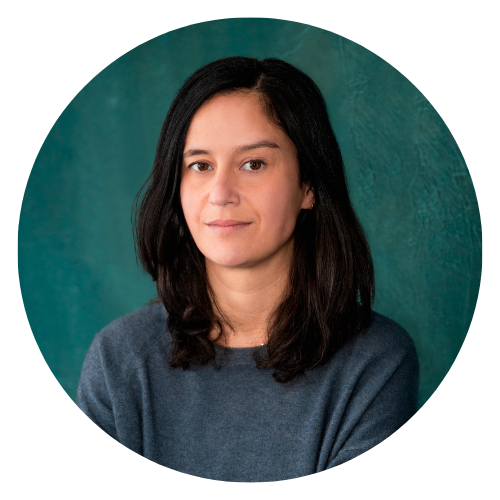Share
1. Truly Understanding Industry Specifics
Event and Portfolio Dynamics
For any PE investor, developing a deep understanding of the exhibition industry is crucial. Superficial knowledge won’t suffice; financial sponsors must recognize that the exhibition business is deceptively complex, with various successful operating models in play.
Finding success depends on the ability of the owner to navigate the intricacies of not just event dynamics, but also portfolio performance, operating leverage, and operating models. Exhibitions extend beyond booths and require capabilities in brand management and data management. Their continuing success also fundamentally depends on understanding the underlying dynamics of the served industry (“the buyers”) and evolving the event value proposition in tandem.
Beyond the Horizon and Tectonic Plates
PE investors must also hold a conviction about the industry and where it is headed. This requires an understanding of the longer-term shifts in business media, marketing services and exhibitions, and the ability to identify deeper trends. Recognizing fundamental market changes early enables effective strategic support of management and creates the willingness to commit to initiatives and/or funding with a long-term view.
2. Shared Vision and Aligned Strategy
Building a Partnership with Management
A strong PE owner-management relationship is built on mutual trust, transparency, and alignment of goals. The “courting phase” between PE and management teams is critical for developing a shared vision for the business. This partnership is essential for navigating strategic shifts, such as transitioning from event-only to a broader 360 proposition, aligning the organization to a more data-led, technology-enabled model, or expanding into new sectors or countries.
Supporting Long-Term Value Creation
While short-term gains are necessary, a good PE owner focuses on creating long-term value. Management must understand the PE owner’s expectations regarding time horizons and liquidity events. The focus should be on building conditions that sustain value creation over time, even beyond the planned exit. Transparency and open communication are key to ensuring that both parties remain aligned throughout the ownership period.
Importantly, PE owners must be prepared to invest throughout the economic cycle, maintaining a long-term view that prioritizes sustainable growth over short-term gains. As a result, hold periods can vary significantly.
3. Appetite for Funding Growth Initiatives
Capital Deployment Across the Cycle
An exceptional PE owner demonstrates a willingness to deploy capital—whether for organic growth initiatives or strategic acquisitions. This approach requires a robust understanding of market dynamics and a commitment to value creation, even when market conditions are challenging. PE owners who understand the fundamental economics of events businesses are better positioned to make informed decisions about capital allocation.
Supporting Beyond Capital
Effective PE ownership involves not just providing capital but also supporting the business in financing and executing M&A strategies. Beyond deep pockets, this requires a PE owner to leverage its relationships with lending banks and advisors, and support the management team on all aspects of deal execution.
4. Involved and Adaptable Governance
Tailored Governance Models
Governance should be adapted to the needs of the business and may well change over time to respond to varying factors (e.g., market headwinds and/or business performance). Best practice is when governance is designed to complement the management team’s capabilities, whether through hands-off oversight or active involvement in strategic areas such as financing, M&A, and transformation (scale, digital or otherwise).
Proactive Board Participation and KPI Monitoring
Regular interaction between the PE owner and key management figures, such as the CEO and CFO, is essential. Setting up and monitoring the financial and operational KPIs that provide a clear picture of the business’s performance is a fundamental early step. Emphasis should be placed on the forward-looking indicators.
Transparency and early warning systems enable the PE owner to support management effectively, particularly during challenging times. However, it is crucial that PE owners strike a balance between providing guidance and support and allowing management the autonomy to execute the strategy.
The Path to Successful PE Ownership of Exhibition Organizers
Owning an exhibition organizer requires more than financial investment; it demands a partnership rooted in industry expertise, strategic vision, and a commitment to long-term value creation. A great PE owner understands the complexities of the exhibition business, aligns closely with management, and provides the financial and operational support needed to drive growth, whether organic or inorganic. By embodying these attributes, a PE owner can help an exhibition organizer thrive and chart a path to continued success beyond the hold period. Stax’s unique perspective, combined with our experience serving firms and leading organizers globally, positions us as a trusted thought leader in the space. To learn more about how Stax can serve our clients, visit
www.stax.com
or
click here to contact us directly.








